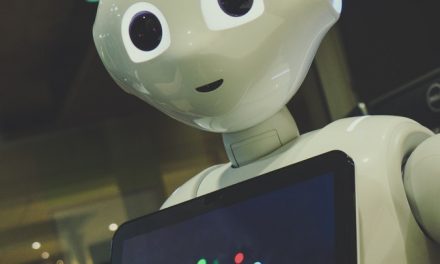Many of us carry idealized visions of AI auto-completing tasks for us and becoming more readily available as time passes, but AI remains like any learning tool. AI requires time, resources, and skill to create the desired result. The best way to take advantage of long-term AI goals is to begin now and orient staff towards machine-learning skills that will assist the transition from manual work to problem-solving automated processes. The more time and resources that can be allocated to AI’s beginning and maintenance, the better the results it can provide. There are simple tasks, such as data-gathering, that can be completed now to assist with AI integration in the future. Using the fast follow method could now mean losing a distinct advantage within the market.
https://hbr.org/2018/12/why-companies-that-wait-to-adopt-ai-may-never-catch-up
“While some companies are aggressively adopting artificial intelligence, many are not. They are planning to be “fast followers”. We think this is a bad idea. Beyond the technical maturity issue, there are several other problems with the idea. It takes time to discover, disambiguate, and deploy local knowledge that needs to be incorporated into the AI system. In most cases AI supports individual tasks and not entire business processes, so you will have redesign business processes and new human tasks around it, and it will typically require considerable time to retrain workers on the new process and system. A critical piece of machine learning occurs through interaction between the system and its human users and observers. It may, then, take a long time to develop and fully implement AI systems, and there are few if any shortcuts to the necessary steps. By the time a late adopter has done all the necessary preparation, earlier adopters will have taken considerable market share — they’ll be able to operate at substantially lower costs with better performance. In short, the winners may take all and late adopters may never catch up.”




